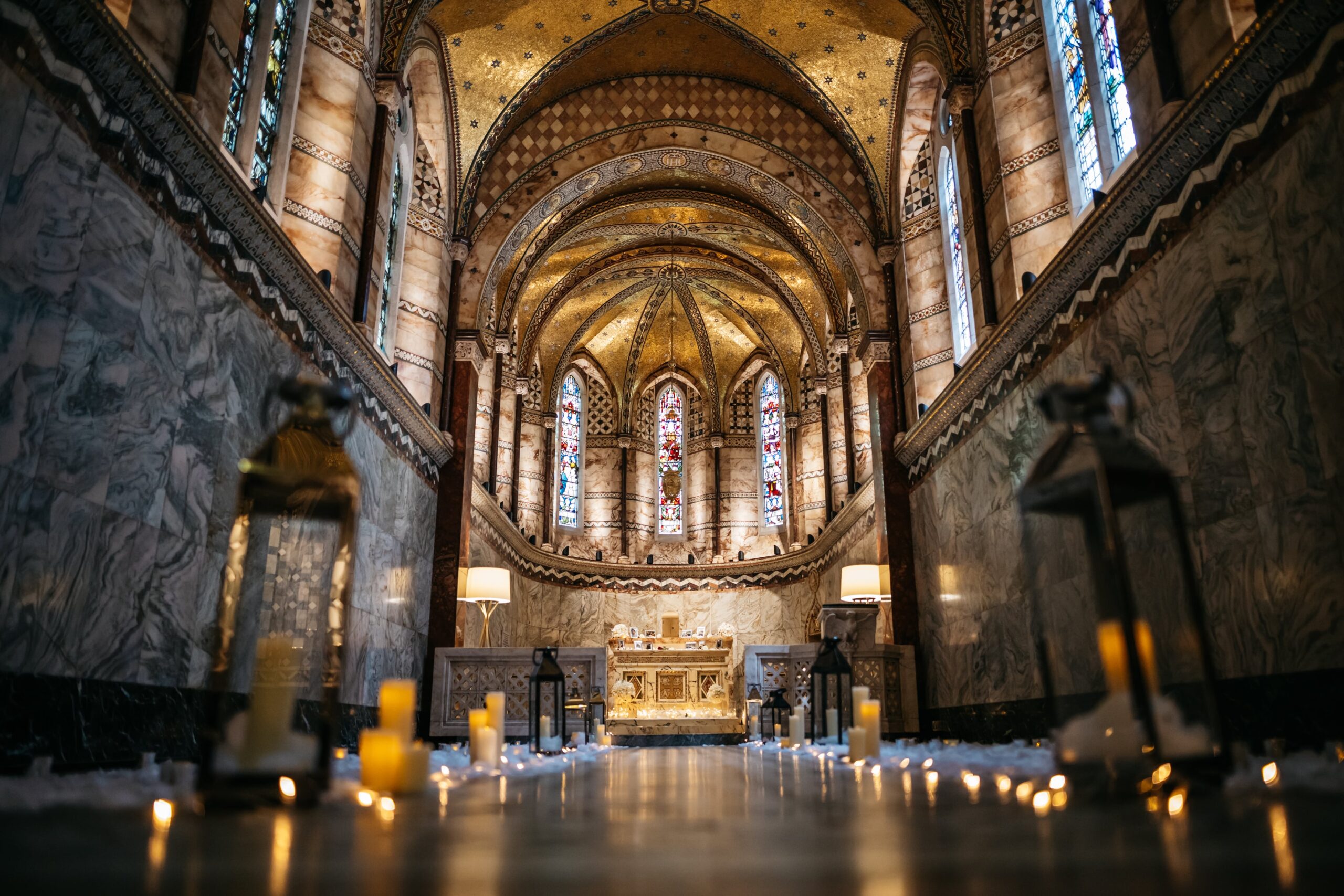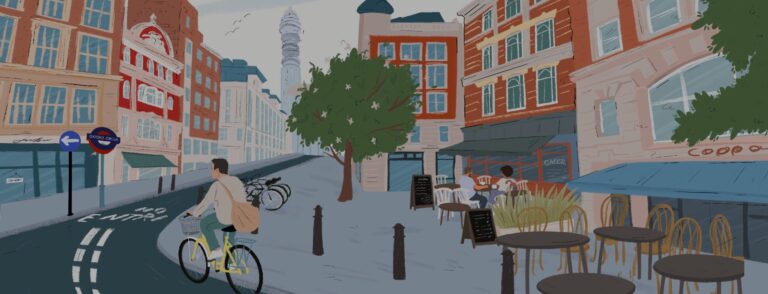Our local guide to Fitzrovia’s history: uncover historic landmarks and more


Fitzrovia, tucked between Marylebone and Bloomsbury, is one of London’s most fascinating neighbourhoods. Its Fitzrovia history blends Georgian elegance, Victorian bustle, and a bohemian spark that has drawn writers, artists, and thinkers for over two centuries.
The 18th-century origins of Fitzrovia
Fitzrovia began life as part of the Manor of Tottenham Court, with early streets laid out around the ambitions of Charles Fitzroy. Georgian architecture marked this era, with squares and terraces designed for the upper class. Fitzroy Square remains a prime example, with its elegant symmetry and classical proportions hinting at the area’s aspirational beginnings.
However, these ambitions were only partly realised. The district became a mix of modest homes and grand terraces, setting the stage for a neighbourhood with character and contrasts.
19th-century development and architectural foundations
The 19th century saw 19th-century development reshape Fitzrovia. Victorian buildings began to dominate, with mixed-use streets combining residential houses and commercial premises. The area earned a reputation as an “unruly borderland,” a transition zone between elite West End streets and more working-class districts.
Georgian architecture remained a hallmark, particularly around squares, while new Victorian houses added decorative flair and practicality. Streets like Newman Street and Cleveland Street became bustling with shops, workshops, and small theatres. This blend of styles gives Fitzrovia its unique, layered architectural identity.
The Bohemian roots and artistic community
By the early 20th century, Fitzrovia developed its famous bohemian roots. Writers, artists, and journalists gravitated to the area, drawn by affordable studios and the lively café and pub culture. The name “Fitzrovia” itself appeared in the 1930s, inspired by the Fitzroy Tavern, a hub for creative minds:
- – George Orwell, Dylan Thomas, and other literary figures frequented local cafés and pubs.
- – Coffeehouse culture thrived, with informal gatherings sparking debate, collaborations, and literary inspiration.
The area became synonymous with an artistic community, a place where ideas flowed as freely as the drinks at its historic taverns.
Postwar changes and urban transformation
Postwar changes brought new challenges and opportunities. WWII bombings altered some streets, and postwar redevelopment modernised sections while preserving historic buildings.
The community evolved as offices, studios, and residences adapted to changing demands. Fitzrovia maintained its creative spirit, even as the surrounding city became more commercial. Today, the area balances modern urban life with a respect for its cultural heritage, preserving its identity amid continuous transformation.
Fitzrovia today: a blend of living history and vibrant culture
Fitzrovia is a unique neighbourhood where history and modernity effortlessly blend. It’s a place where Georgian terraces and Victorian façades house contemporary businesses, and where the cultural legacy of the past meets the energy of today. At the heart of this lies Fitzrovia Quarter, a vibrant district that captures the dynamic essence of the area while honouring its rich history.
Where exactly is Fitzrovia Quarter?
Fitzrovia Quarter is located in the heart of Fitzrovia, just off Oxford Street and between Tottenham Court Road and Great Portland Street. It’s surrounded by iconic streets like Charlotte Street, Cleveland Street, and Warren Street. These areas are rich in cultural and historical significance, offering plenty to explore, from great places to eat and drink to exciting things to do around Oxford Street and Tottenham Court Road. Fitzrovia Quarter brings together the best of old and new, making it the perfect spot to experience the diversity of the area.
Fitzrovia Quarter: where history meets modern vibes
- Historic buildings: Georgian and Victorian façades house a mix of creative businesses, galleries, and restaurants.
- Fitzrovia Chapel: This stunning chapel is a must-see in Fitzrovia Quarter. Step inside to experience its serene atmosphere, with intricate mosaics and a beautifully detailed ceiling covered in golden stars. It’s the perfect spot to pause and reflect, offering a peaceful escape from the hustle and bustle of the city. The chapel also hosts various events, making it a cultural hub in the heart of Fitzrovia.
- Newman Passage: Once home to workshops, now a creative hub with independent shops and studios, continuing Fitzrovia’s artistic legacy.
Food and drink with a touch of history in Fitzrovia Quarter
Fitzrovia Quarter is a place where history meets flavour. These spots offer unique dining experiences that reflect the area’s cultural diversity:
- Chishuru: A Michelin-starred restaurant serving contemporary West African cuisine. Expect bold, expertly crafted dishes paired with French wines in a relaxed setting, perfect for exploring new tastes and embracing Fitzrovia’s multicultural vibe.
- Dal Fiorentino: Offering authentic Tuscan sandwiches in a cosy, charming setting, Dal Fiorentino provides a taste of Italy in Fitzrovia. It’s the ideal spot for a relaxed meal, celebrating the simplicity of traditional European flavours.
- The Oxford Market: Located near Oxford Circus, this lively bar is known for its classic burgers, sharing boards, and modern European dishes. With a spacious beer garden and live music, it’s the perfect place to experience Fitzrovia’s social energy while enjoying good food.
- The Social Little Portland Street: A trendy venue housed in a classic building, offering a lively atmosphere with a variety of drinks and tasty bites, perfect for a fun night out in Fitzrovia.
- Faros: This Mediterranean restaurant blends traditional dining with Fitzrovia’s artistic vibe, offering a relaxed yet vibrant dining experience in a creative and welcoming space.
Fitzrovia is a unique neighbourhood where past and present coexist, offering an authentic experience of London’s creative heart. To explore the area’s artistic side, check out the art galleries in Fitzrovia.
If you’re looking for a delicious meal, discover the best restaurants, or visit one of the charming cafés in Fitzrovia.


